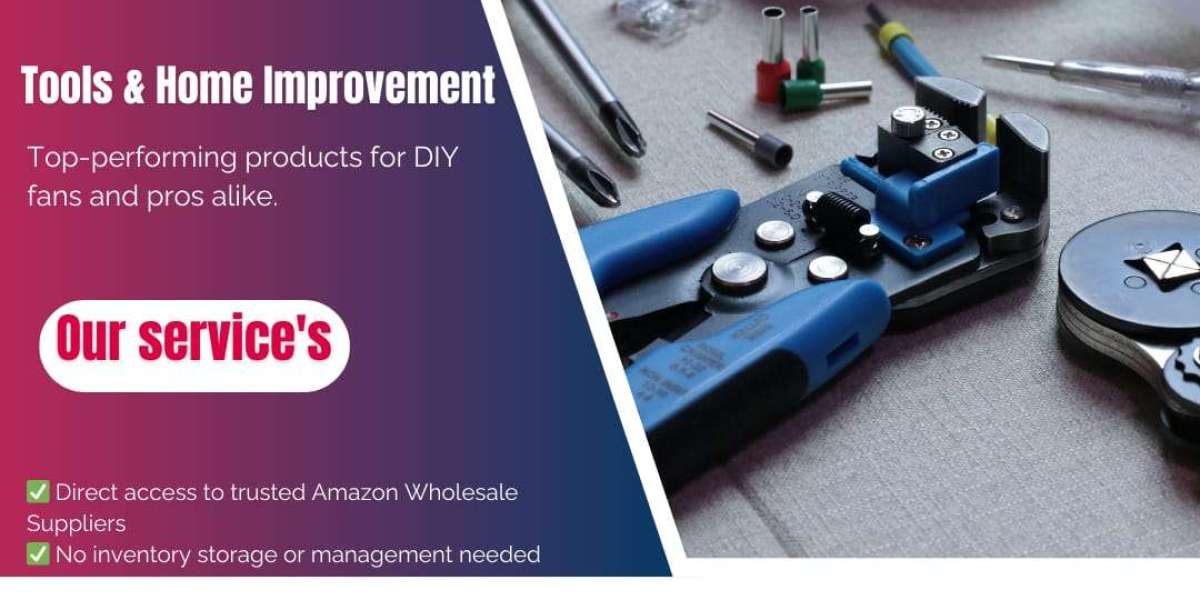The facility management market has evolved rapidly in recent years, driven by rising demand for operational efficiency, sustainability, and workplace innovation. However, despite its growth potential and increased recognition as a strategic function, the industry continues to face significant barriers that hinder scalability, digital advancement, and service consistency.
Understanding these barriers is crucial for FM service providers, clients, and stakeholders aiming to overcome industry inefficiencies and build future-ready solutions. This article highlights the primary obstacles limiting the progress of the global facility management market and outlines the path to overcoming them.
1. Workforce Shortages and Skill Gaps
A major barrier facing the FM industry is the shortage of skilled professionals. The market demands a mix of technical, managerial, and digital expertise to manage complex facility operations. However, many companies struggle to find qualified personnel, particularly for roles involving HVAC systems, smart building technologies, and energy management.
The aging workforce and lack of awareness about FM as a career path exacerbate this issue. Without investment in training, upskilling, and career development, companies may face service delays, performance issues, and operational risks, especially in specialized or high-tech environments.
2. Fragmented Market and Inconsistent Service Standards
The FM market remains highly fragmented, consisting of multinational corporations, mid-sized regional firms, and small local service providers. While this diversity offers clients a range of options, it also leads to inconsistency in service quality, pricing, and operational approaches.
For companies managing facilities across multiple regions, this fragmentation creates coordination challenges, complicates contract management, and undermines standardized performance. As organizations increasingly seek integrated and scalable solutions, the lack of uniform service delivery becomes a significant market limitation.
3. High Operational and Implementation Costs
Although digital technologies such as IoT, CAFM systems, and automation tools promise improved efficiency, the cost of adoption remains a major barrier. Small and medium-sized FM providers often lack the capital required for technology upgrades, equipment renewal, and platform integration.
Similarly, implementing sustainability-focused services—like green retrofits or renewable energy systems—requires upfront investment that may not be feasible for all clients. These cost barriers slow down the modernization of FM operations and prevent smaller firms from staying competitive in a rapidly evolving market.
4. Limited Technology Adoption in Developing Regions
While the FM sector in developed markets is embracing digital transformation, many regions across Asia, Africa, and Latin America still operate on manual processes and reactive service models. The lack of digital infrastructure, training, and investment support hinders the broader adoption of smart facility management practices.
This technological gap reduces visibility into asset performance, delays service response times, and restricts real-time decision-making. For global corporations with operations in multiple markets, working with digitally under-equipped FM providers can reduce operational synergy and compliance reliability.
5. Complex and Evolving Regulatory Environment
Compliance with building codes, health regulations, labor laws, and environmental standards is essential in facility management—but navigating these requirements is often complex and time-consuming. Each sector and region may have unique compliance mandates, requiring FM providers to stay constantly updated and fully documented.
Failure to comply can lead to legal penalties, loss of business, or reputational damage. This challenge is particularly daunting for smaller providers lacking dedicated legal or compliance teams, limiting their ability to enter highly regulated industries such as healthcare or pharmaceuticals.
6. Misalignment Between Client Expectations and Provider Capabilities
Today’s clients expect FM services to be technology-driven, flexible, sustainable, and insight-oriented. However, many providers still offer traditional models focused primarily on maintenance and cleaning, with minimal use of real-time data or predictive tools.
This mismatch between client needs and service delivery capabilities leads to dissatisfaction, contract churn, and missed growth opportunities. Providers must evolve to align with modern client expectations by embracing customization, transparency, and value-driven solutions.
7. Cybersecurity Risks in Connected Facilities
As buildings become smarter and more connected, cybersecurity emerges as a critical challenge. FM systems now control lighting, access, HVAC, and energy through digital platforms—creating potential entry points for cyber threats.
Many FM companies lack dedicated cybersecurity expertise or robust protocols to protect sensitive data and systems. The risk of breaches or service disruptions can deter clients from adopting advanced digital tools, slowing innovation across the industry.
8. Resistance to Change and Legacy Practices
Resistance to innovation is another barrier, especially among firms that rely on long-standing, manual practices. Transitioning to digital-first, proactive FM models requires cultural change, leadership buy-in, and employee training—elements that can be difficult to implement without a clear vision or sufficient resources.
This inertia can prevent providers from leveraging emerging trends, resulting in declining competitiveness and limited value creation for clients in the long term.
Conclusion: Overcoming Barriers to Unlock Sustainable Growth
While the facility management market holds vast potential, it is constrained by systemic and operational barriers that slow progress and limit innovation. From workforce shortages and fragmented service models to regulatory complexity and underdeveloped digital capabilities, these challenges must be addressed head-on.
FM providers that invest in upskilling their workforce, adopt scalable digital platforms, strengthen cybersecurity, and offer flexible, client-centric solutions will be better equipped to thrive in this evolving market. By breaking down these barriers, the industry can shift from reactive operations to strategic, tech-enabled service models that support resilience, sustainability, and long-term success.








